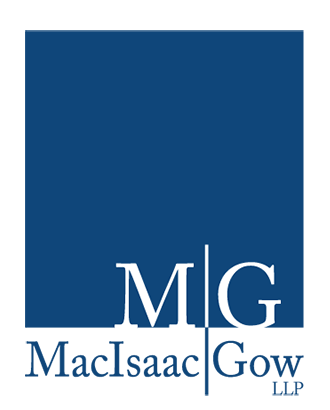Slip and fall injuries in business places are common and often legally complex to address. Such accidents usually have severe consequences and lead to high costs of treatment, apart from the loss of income and other damages. Thus, for someone to gain a proper understanding of liability and compensation on the subject of slip and fall accidents, they should consult a slip and fall lawyer.
Understanding Slip and Fall Liability
In a slip and fall case, a property owner or manager may or may not be held liable, depending on how negligent they were. If the property owner negligently violates this obligation and causes an accident, they may be held accountable.
- Duty of Care
In legal parlance, a property owner’s obligation to keep their surroundings safe is known as a duty of care. Developing a case for a slip and fall accident starts with this. Commercial real estate owners, such as those who manage restaurants, retail centres, or office buildings, are responsible for ensuring that there are no potentially dangerous situations on their property.
- Breach of Duty
Following the component of the duty of care is the next stage, whereby the plaintiff must prove and argue that there had been a breach of the same duty. A breach is realized when the owner of the property has a legal obligation towards the users to ensure that the area is safe, and they fail to do so. A violation may necessitate proving that the owner of the property possessed knowledge of the condition or that any responsible person who was to be in charge of the property would have easily observed the danger and remedied it.
- Causation
Relating the accident directly to the duty breach is the concept of causation. Proving that the slip and fall accident happened as a result of the dangerous conditions on the business premises is crucial. For instance, when someone slips on a wet floor without warning signs, it has to be ascertained that he tripped due to the wet floor.
- Damages
Ultimately, it is important to demonstrate that the accident caused real damage. This could include harm to the body, psychological distress, missed income, or other losses. Evidence of this kind is frequently supported by witness testimony, medical reports, bills, and employment records.
Essential Evidence to Prove Slip and Fall Claims
The calibre and volume of evidence offered are major factors in determining whether a slip and fall claim is successful. Generally, the following is required:
- Pictures and Videos
One of the strongest types of evidence is images and videos taken at the scene of the accident. They can document the dangerous circumstances—like damp floors without warning signs, ice walkways, or uneven flooring—that led to the fall.
- Accident Reports
If the fall occurred in a commercial setting, there is a significant possibility an accident report was filed. The occurrence and the circumstances leading up to it can be officially documented in this report.
- Witness Statements
Statements from witnesses to the accident or others who can attest to harmful conditions on the property before the tragedy can greatly bolster your case.
- Records of Maintenance
These may reveal if the accident scene was routinely maintained by the property owner. One of the best ways to spot neglect is through a lack of maintenance.
- Medical Documents
Medical documents are necessary to substantiate damages. By outlining the type of injuries, the medical care obtained, and the prognosis, they establish a direct connection between the accident and the injuries incurred.
- Professional Opinions
At some point, an expert witness like a safety standards expert or a medical practitioner may be needed to provide details on how the accident happened or the degree of harm done.
How Much Time Do I Have to Prove Liability in My Slip and Fall Case?
The statute of limitations for filing a personal injury case, including one involving a slip and fall, is often a few years after the incident. However, one must realize that it is typically to one’s advantage to begin the case as soon as possible after the accident because it is simpler to gather and preserve evidence at that time. Further, it is necessary to mention that if the property owner is a government agency, specific notice provisions and limited time periods for the filing of a claim may apply.
Starting from January 21, 2021, pre-suit notice has been made mandatory in claims based on snow and ice-related torts. If the incident occurred on a public sidewalk or walkway, notification is required within 10 days of the injury. In case the claim is made against a maintenance contractor or property owner, a written notice must be provided within 60 days from the time of the occurrence.
Speak with a Slip and Fall Lawyer
A lack of legal experience can make navigating the intricacies of a slip and fall case intimidating. It can be difficult to know who to trust when selecting a lawyer for your slip and fall lawsuit. MacIsaac Gow LLP is here to help you make that decision easier. We have solidified our position as the most effective slip and fall lawyers with years of experience in a variety of legal issues and a relentless dedication to client care.

